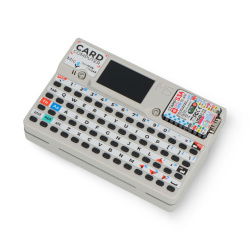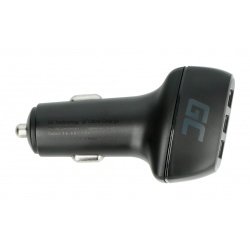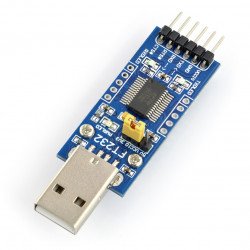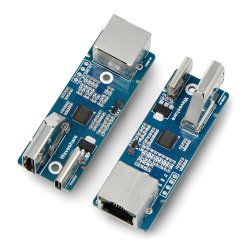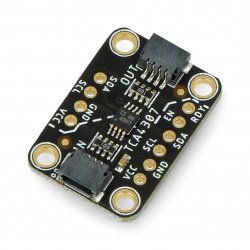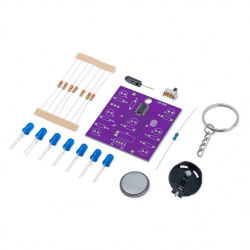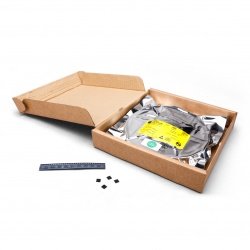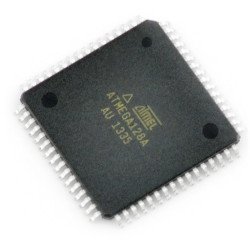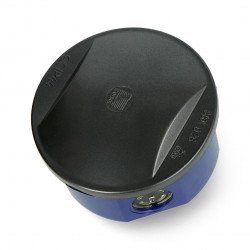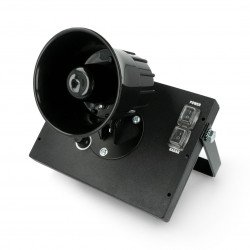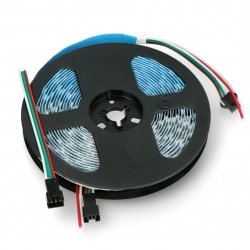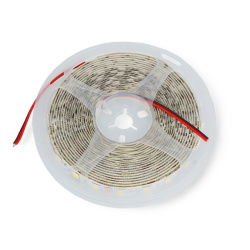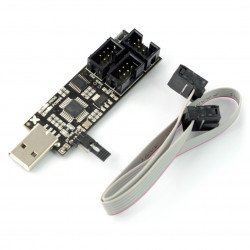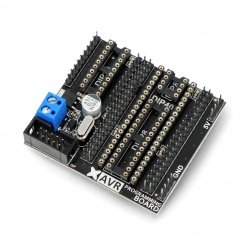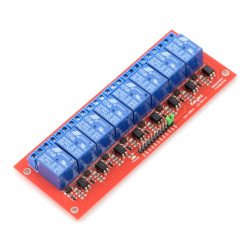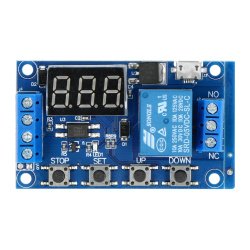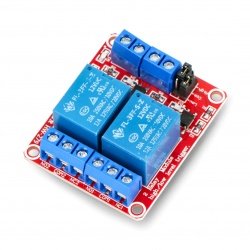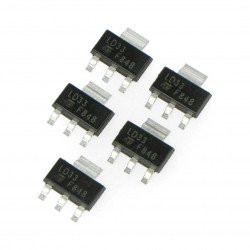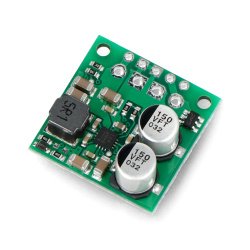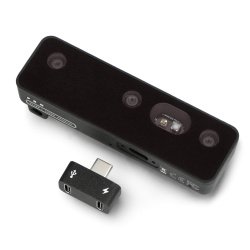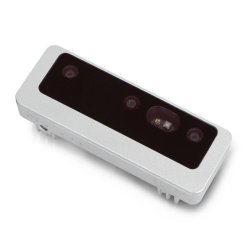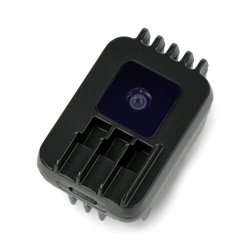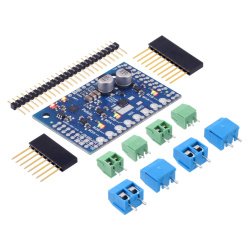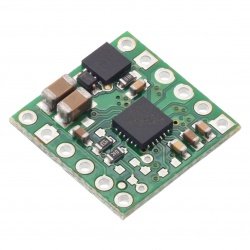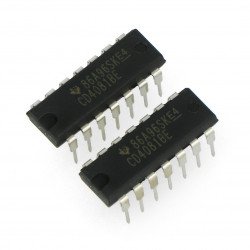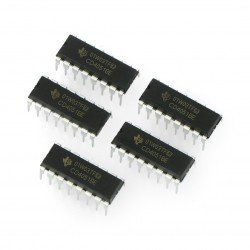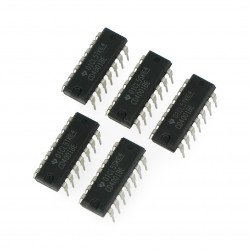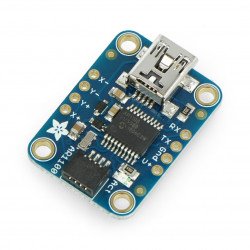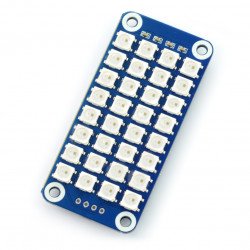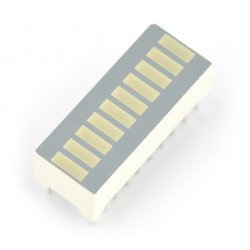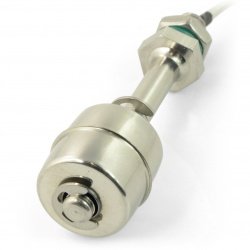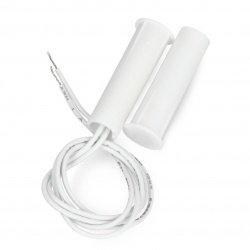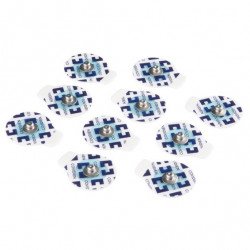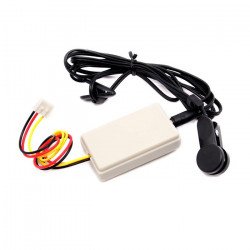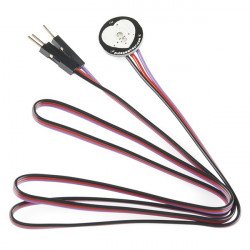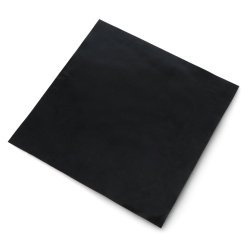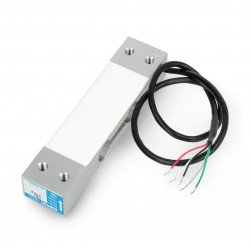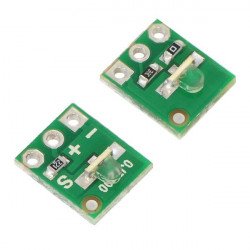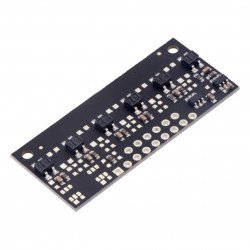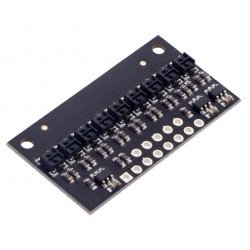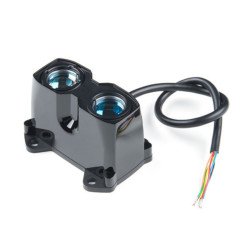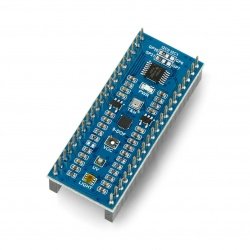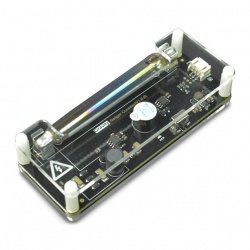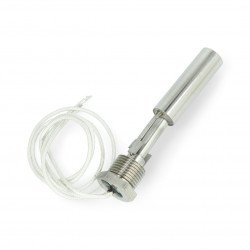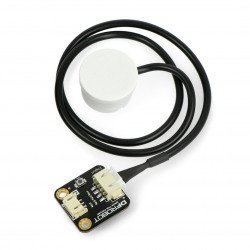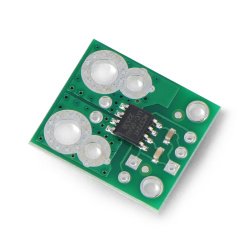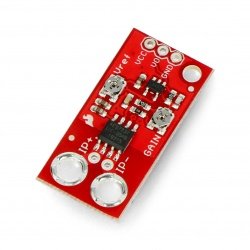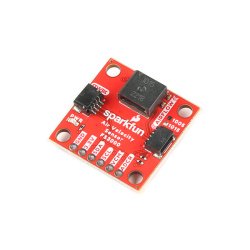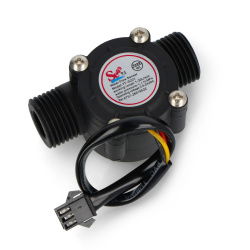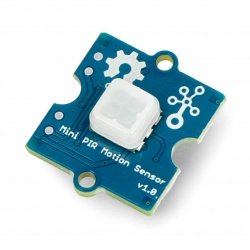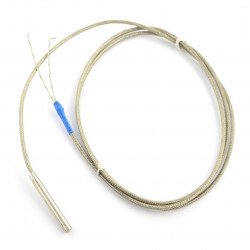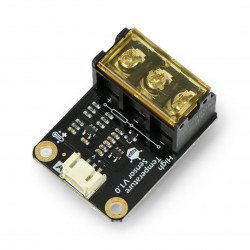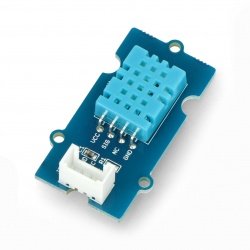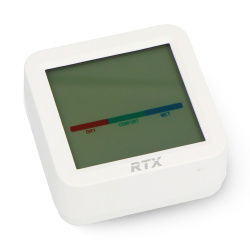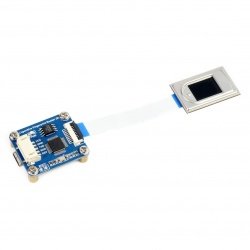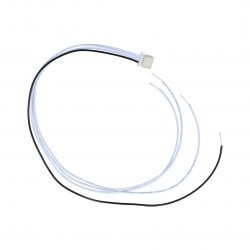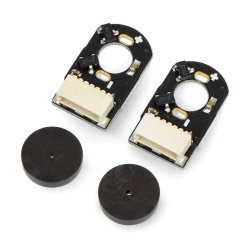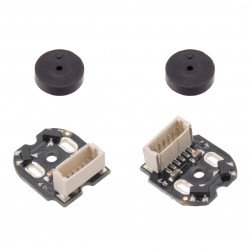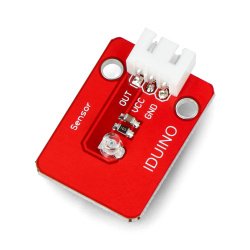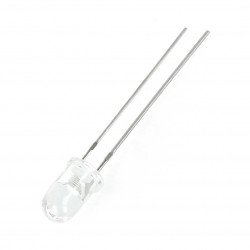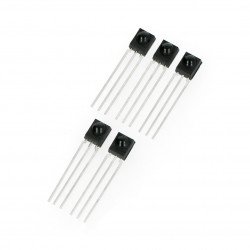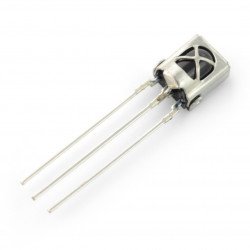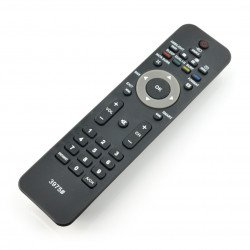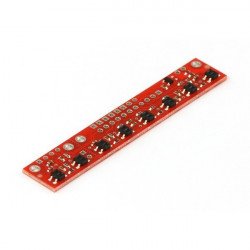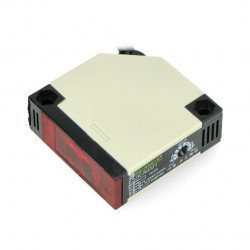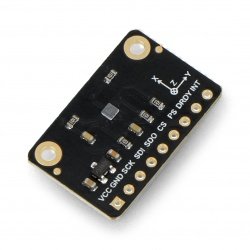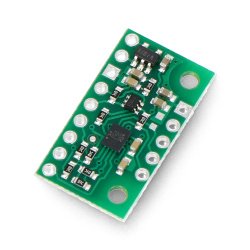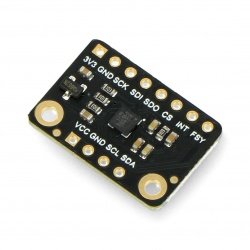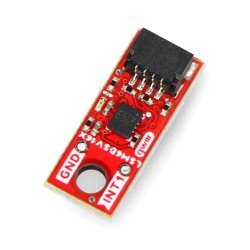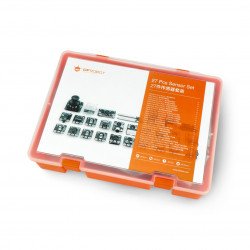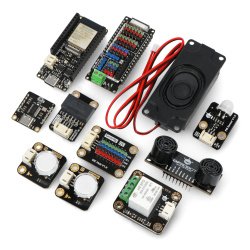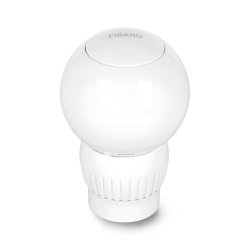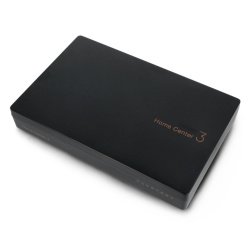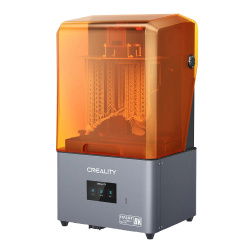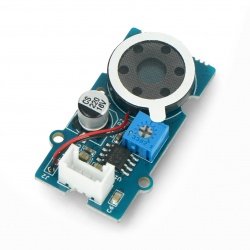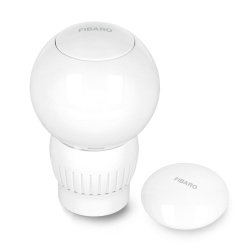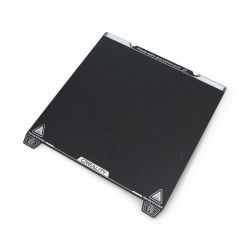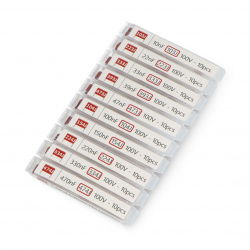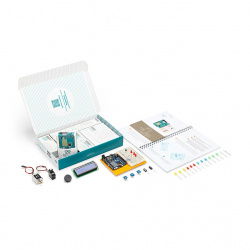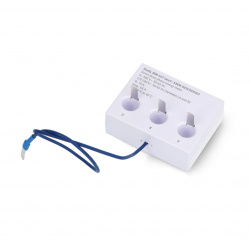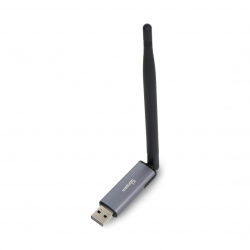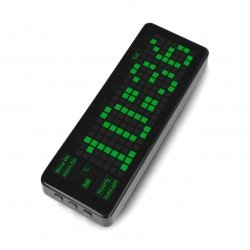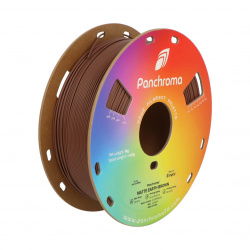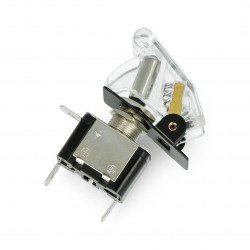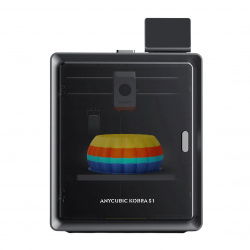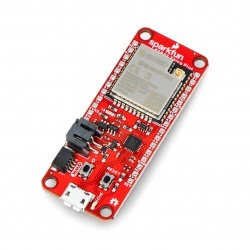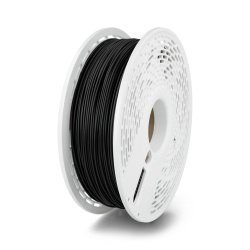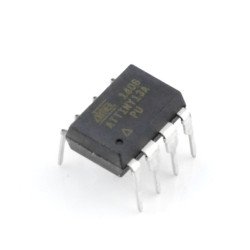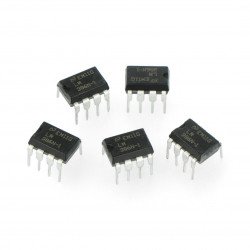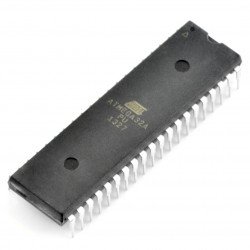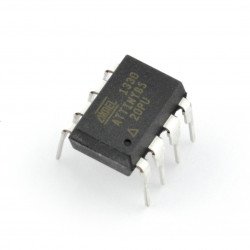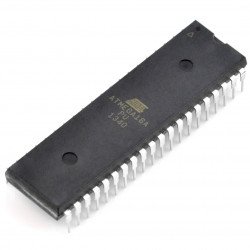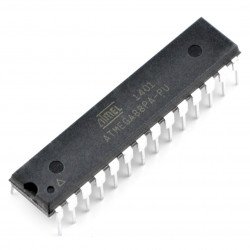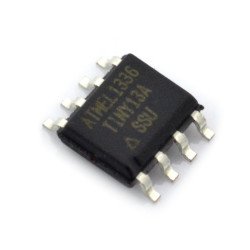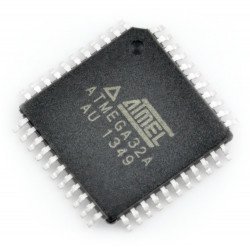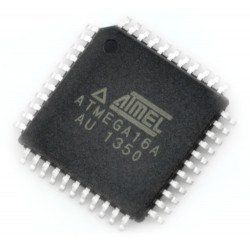AVR microcontrollers - processors belong to a group of inventions that have revolutionized not so much electronics and computing itself, but almost every possible field in which these two fields play an important role. Apart from computers and telephones, every car, home cinema set, vending machine, automated assembly line in a factory, or navigation system manufactured today has at least one microprocessor in its structure, which executes a series of appropriate instructions necessary to perform the process it controls. Advances in embedded systems have resulted in a kind of microprocessor in a more compact form, and that is the microcontroller - AVR microcontrollers are particularly popular in this group.
AVR microcontrollers
AVR microcontroller - ATmega8A-PU DIP
Microcontroller from Atmel AVR 28-leg DIP case. Voltage supply range from 2.7 V to 5.5 V, frequency up to 16 MHz, has 8 KB Flash, 1 KB RAM, 512 B of EEPROM.AVR microcontroller - ATmega328P-U DIP
Microcontroller from AVR family from Atmel in the through hole case (DIP). It was used in the popular Arduino Uno module.Microcontroller AVR - ATtiny13A-PU
Atmel Microcontroller AVR in 8-leg DIP case. Voltage supply range from 1.8 V to 5.5 V, with a clock signal frequency to 20 MHz, 1 KB Flash, 64 B RAM, 64 B EEPROM.AVR microcontroller - ATmega32A-PU - DIP
Popular microcontroller AVR from ATmel in a case DIP40.AVR microcontroller - ATtiny85-20PU
Microcontroller from Atmel AVR family in 8-feet long DIP package. Powered from 2.7 V to 5.5 V, clocked to 20 MHz, 8 kB Flash, 512 B RAM, 512 B EEPROM.AVR microcontroller - ATtiny2313A-PU
Atmel microcontroller AVR in 20-led DIP case. Voltage supply range from 1.8 V to 5.5 V, with a clock signal frequency to 20 MHz, has a 2 KB Flash, 128 B RAM, 128 B EEPROM.AVR microcontroller - ATmega16A-PU - DIP
Popular microcontroller AVR from Atmel in a DIP case.AVR microcontroller - ATmega88PA-PU DIP
Popular microcontroller AVR from Atmel in the case DIP28.AVR microcontroller - ATmega328P-AU SMD
Microcontroller AVR from Atmel in a case soldered on the surface (SMD was also used in the popular Arduino module).AVR microcontroller - ATmega8A-AU SMD
Atmel microcontroller AVR with 32-led case soldered on surface - SMD. Voltage supply range from 2.7 V to 5.5 V, frequency up to 16 MHz, has 8 KB Flash, 1 KB RAM, 512 bytes of...Microcontroller AVR - ATtiny13A-SSU
Microcontroller Atmel AVR in 8-leg case soldered on surface - SMD. Voltage supply range from 2.7 V to 5.5 V, with a clock signal frequency to 20 MHz, 1 KB Flash, 64 B RAM, 64 B...AVR microcontroller - ATmega32A-AU SMD
Popular microcontroller AVR from ATmel in a case soldered on surface (SMD).- Reduced price
- SPECIAL OFFERS
AVR microcontroller - ATmega128A-AU SMD
Popular microcontroller ATmega128a-AU from ATmel AVR family in a case soldered on surface (SMD).- Sale
- SPECIAL OFFERS
AVR microcontroller - ATmega88PA-AU SMD
Popular microcontroller AVR from ATmel in the case soldered on surface (SMD).- Sale
- SPECIAL OFFERS
AVR microcontroller - ATmega16A-AU SMD
Popular AVR microcontroller from ATmel in a case soldered on surface (SMD).See also
Microcontroller and microprocessor
Introduced and developed by Atmel since the second half of the 1990s, AVR microcontrollers have proven to be a very good solution as control hardware for many practical devices. Based on the AVR microcontroller, you can design and build control of various hardware processes - such as lighting installations - be it Christmas ornaments or bicycle road lights (direction indicators will make you stand out on the road!), a control panel for a working machine with an LCD display, a DC motor controller, a burglar alarm, or as part of the electrification of a mock-up landscape - as a controller for miniature railway barriers, traffic lights, or street lights. It is not without reason that AVR microcontroller programming is a subject covered in many technical courses. The AVR community includes both hobbyists and professionals worldwide. A huge database of helpful tutorials, libraries and projects including program code with schematics. Whether you're new to programming or you've already created your own projects, you too can contribute to the AVR community.
AVR - microcontrollers with a wide range of applications
Introduced and developed by Atmel in the second half of 90-ies. AVR turned out to be a very good option as a snap-in management of several devices of practical application. Based on the AVR microcontroller, you can design and build management of various process equipment - in particular, installations, lighting, such as Christmas decorations or lighting road bike (turn signals distinguishes you on the road!), control panel working machine with LCD display, the driver of a DC motor, the alarm, and as part of the electrification of the layout of the fragment of the landscape as the driver of the miniature railway barriers traffic lights or street lighting. Not without reason, programming the AVR microcontroller question in a conductor moving in many technical specialties. The community of users of AVR microcontrollers brings together both Amateurs and professionals around the World. A strong base of useful reference books, libraries and projects covering codes of programs, together with schemes. Regardless of whether you're a beginner in programming, if you already have an account on a few private large - scale projects, You can also create a group of users of AVR microcontrollers.
A wide range of attachments and useful accessories for AVR microcontrollers
At Botland store you will find a wide range of elements necessary to program AVR microcontroller and complete your project. To program microcontroller, you need a programmer, which is responsible for communication between microcontroller and computer. Just like any chip, a microcontroller also needs an auxiliary voltage supply to work, which programmers can also supply if needed, and once the microcontroller is programmed and mounted into your device, You can supply the voltage from a power supply or a battery - if your power supply generates a lot of noise at the output, it is important to choose a proper voltage regulator - depending on the model of AVR microcontroller, you should connect a regulator with 1,8V, 3,3V or 5,0V output voltage together with capacitors to maintain proper operation. An important element is also a quartz resonator with selected capacitors, which generates clock impulses of equal time intervals, necessary for proper microcontroller operation. In order to carry out simple and advanced projects you will need contact boards for easy prototyping and testing without soldering, LEDs in different colours, resistors, potentiometers, capacitors with different values, bipolar transistors and MOSFETs, which can be driven by a small voltage from the output of the AVR microcontroller, e.g. to control the current drawn by the robot's motor, influencing its speed.












































